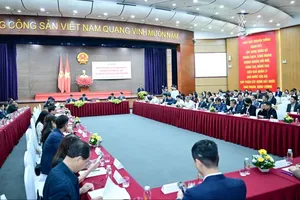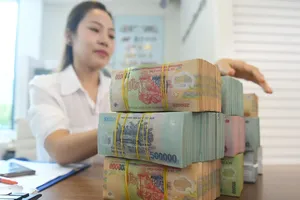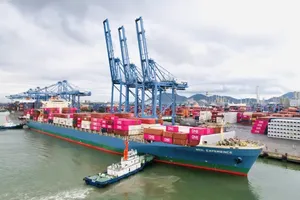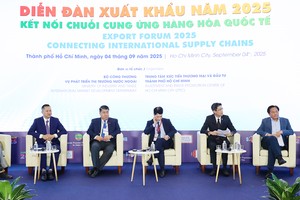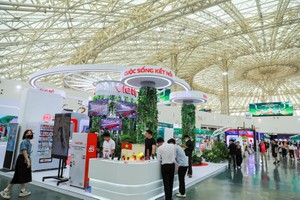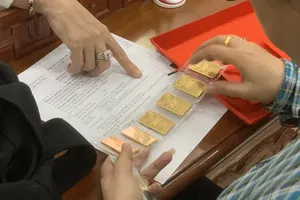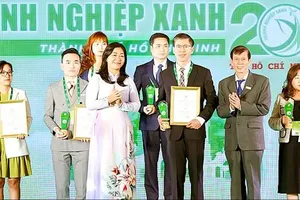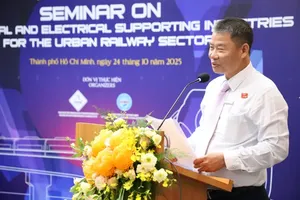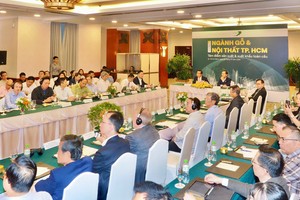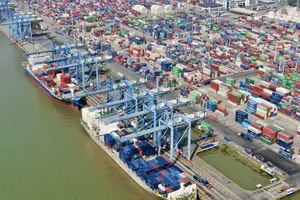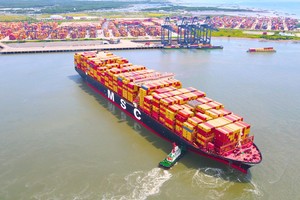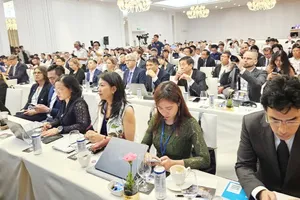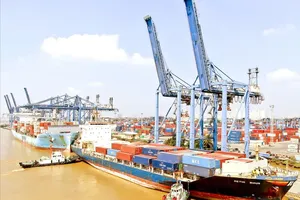Australia-Vietnam trade has grown very fast in recent years. The average growth rate of bilateral trade in the 2010-2014 period was nearly 10 percent and Mr Hugd Borrowman, Australian Ambassador in Vietnam forecasts that once TPP negotiations are concluded and the trade deal is implemented, Vietnam -Australia bilateral trade ties will strengthen even further.
In the upcoming time, Vietnam will have to face the reduction in development aid from donors and international organizations, could you please tell us about Australia’s aid policy to Vietnam?

Mr. Hugd Borrowman: Vietnam has always been an important partner of ours in the region from both a political and economic standpoint and soour development assistance to Vietnam will be maintained until at least 2020 and possibly beyond. However, over the next five years we plan to transition our support away from a traditional donor-recipient relationship towards promoting an economic partnership between Australia and Vietnam. This will focus on sharing expertise and helping to promote innovative solutions to development problems across three main areas: (i) supporting the private sector for development; (ii) development of a highly skilled workforce; and (iii) promoting women’s empowerment, including ethnic minorities.
Vietnam has tried to reduce its dependence on ODA source in the recent years. What do you think of these efforts of Vietnam?
The transition away from ODA is a necessary step in any country’s development and it’s clear thatincreasingly Vietnam has more resources to allocate to its own development. Already, the Government of Vietnam has successfully mobilized a lot of private funding for infrastructure development and provision of public services. I think mobilizing private resources for development is the way forward for Vietnam. However, I believe Vietnam can do a lot more to promote the role of the private sector in creating jobs, generating growth and improving the welfare of the people. To be more self-reliant, Vietnam should build a smart and transparent system of economic institutions that promotes private investment and efficient use of national resources.
What is your advice for Vietnam on the receipt and use of ODA capital source while pursuing sustainable development goals after 2015? Could you please share Australia’s experiences in mobilizing and utilising ODA in an effective and efficient manner for social development?
In general, Vietnam has been very successful in terms of using ODA for development. In the next phase
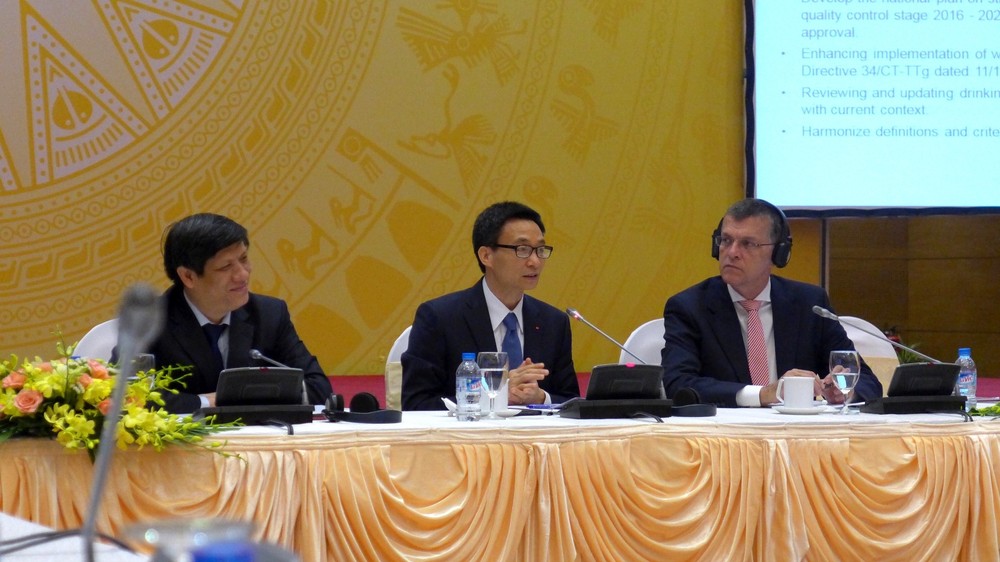
of development I think Vietnam should look at how ODA can best be used within the context of a range of different financing sources. For example ODA loans have significantly lowerinterest rates so these loans can be targeted to projects that deliver important social benefits as opposed to the case with commercial finance, where there is an imperative on identifying projects that can generate high financial returns. However ODA can also be used to leverage other sources of finance, for example it can be used to support public-private partnerships in infrastructure by making projects commercially viable and attracting private finance.
How will bilateral trade relations between Australia and Vietnam raise in the coming years after the signing of the TPP agreement? What should Vietnam do to make sure of the opportunities brought about by the TPP in particular and the country’s international economic integration in general?
I am very pleased that Australia-Vietnam trade has grown very fast in recent years. The average growth rate of bilateral trade in the 2010-2014 period was nearly 10 percent and Vietnam is the fastest growing export market for Australia in the ASEAN region. Currently, our estimate of Australian investment in Vietnam is about USD 3 billion.

Once TPP negotiations are concluded and the trade deal is implemented I believe our bilateral trade ties will strengthen even further. Our two economies have a high level of complementarity and as trade and investment barriers are dismantled, trade and investment flows will grow naturally.
TPP and other economic integration policies that Vietnam has been implementing present both opportunities and challenges. To maximize gains from these trade and investment agreements all partner countries will have to prepare their firms and workers so that they can quickly benefit from freer flows of trade and investment. Firms should be able to operate in a flexible and less costly regulatory environment. I believe what the Government of Vietnam is doing under Resolution 19 and the Master Plan for Economic Restructuring is moves in the right direction. However, there is still a lot of room for improvement in the business environment in Vietnam, particularly on levelling the playing field for private business. In addition, the government should look to ensure that the nation’s workers havethe right skills to be able to take advantage of the new opportunities presented by integration.
Thank you Mr. Hugh Borrowman!
